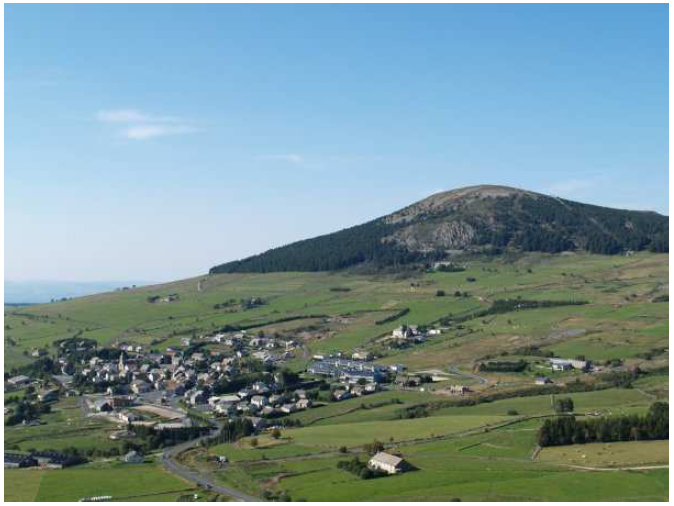5) Alambrima: Mont-Alambre
The goddess Alambrima is known from a single inscription engraved on an altar discovered in La Piarre, near Serres (Hautes-Alpes), in the territory of the Vocontii.1210 The inscription reads: Alambr[i]mae Severus Perpetui fil(ius) exs voto, ‘To Alambrima, Severus, son of Perpetuus, (willingly erected this altar) in accomplishment of his vow’.1211 For a long time, the altar served as a stand to the stoup of the village church, but it is now housed in the Musée Départemental de Gap.1212 Alambrima’s name is cognate with Mont Alambre or Mont Arambre, a mountain situated in the area of La Piarre, between the communes of Serres, Savournon and La-Bâtie-Mont-Saléon (fig. 59). Alambrima must therefore have been the personification and protectress of Mont Alambre, which stands out in the landscape and conveys a feeling of grandeur and potency.1213 Alambrima is an oronym, i.e. a name of mountain, the significance of which remains obscure. Delamarre proposes to break down her name as *ar-ambr- (?), composed of ar- or are-, ‘in front of, near’ or ‘to the east of’, and of the root ambr-, probably cognate with Indo-European *(h3)mbhro- signifying ‘rain’.1214 Accordingly, Alambrima might be ‘the one who is to the east of the rain’ or ‘the one in front of the rain’; an etymology* which would refer to the situation of Mont Alambre.
